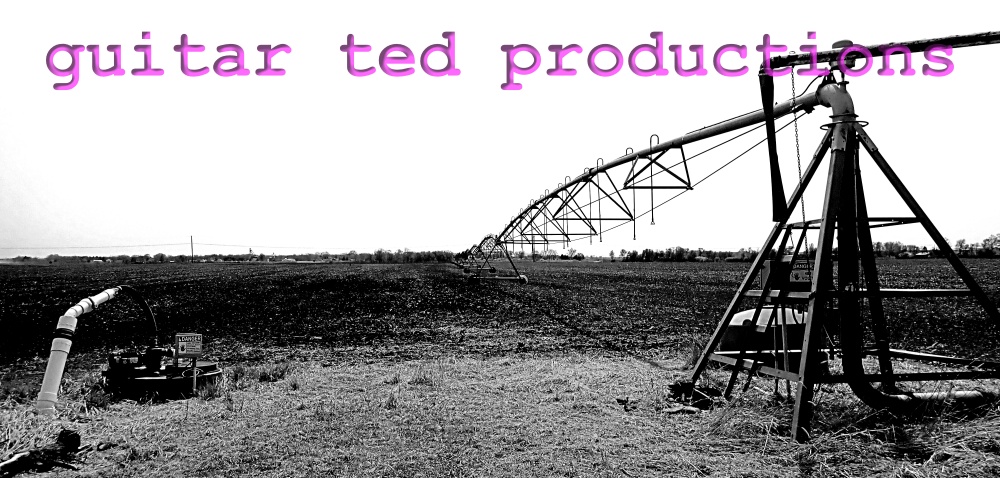 |
| See any snow here? |
However; things like this poll on "adventure journal" are just a bit on the ignorant side. I could maybe forgive the uninformed individual. I have a harder time with a media outlet that should know better. "Snow bike" is just the sort of term that many use to dismiss the fat bike as being anything one could use for anything but winter conditions. It is a misconception, and shows a lack of understanding the history behind over-sized rubber on off road bikes.
Fat bikes grew from the desert and from the Alaskan hinterlands. The earliest fat 26" tires- something similar to the Surly Endomorph- were developed not for snow, but for riding on sand and loose rock in the desert. Alaskans grabbed this idea for use and continued to refine the bicycle that was built around such enormous tires. This all happened in a vacuum- in a manner of speaking- when one considers this was going on before the internet was widely available. The information was not really going beyond those that were pushing the envelope in this tiny niche of cycling.
 |
| A modern day Pugsley with a retro look |
Then there was the price/building barrier. Pugsleys were a "project bike" when they first came about. You bought the frame and fork, a pair of rims, tire, and tubes, all separately. Then you, or someone else, had to assemble the wheels with a special tool, and then you had to piece together the rig with components. While Surly did everything they could to encourage you and make this easy- it wasn't easy. And it wasn't very wallet friendly either.
Meanwhile the folks standing on the sidelines were getting interested, but were not buying in. Obviously, that all changed when Salsa Cycles and Surly released complete bikes with fat tires in late 2010. The curiosity seekers scooped up every last one that these companies could get out, and then the lights started going off across the country in folks heads as many discovered snow wasn't all these bikes were good at.
 |
| Carbon, high tech, and lightweight. |
Does this all sound like an effort to make a lot of bikes that will only be ridden where it snows? Don't these media folk research the market, (which would take all of 15 minutes to do), to see that folks ride these rigs the other three seasons of the year too?
Now, don't get me wrong. I am not saying that a fat bike is "the best tool for the job" when it comes to going hell-bent for leather up a XC climb, and it isn't the rig you'd choose to do a shuttle run, necessarily, but the reason folks are riding these bikes all year, and for more reasons than to get across snow, is that they are fun.
Last time I checked, "fun" was pretty high on most folks lists of things to pursue. So, if a fat bike is fun to ride, why not ride it all year long? Yep. And people do just that. So, this whole idea of saying these are "snow bikes" is just not a smart thing to say. The fat bike can do lots of terrain other bikes struggle in, like loose rock, sand, mud, and powdery soil. They are getting "with the times" technology-wise, and they are most importantly a hoot to ride on. They are definitely not just for riding on snow.
But that said, it is really fun to do that with a fat bike as well!

5 comments:
Great post... 'er, rant. Whatever. It hits the nail on the head. Because in reality, it's about fun, bottom line. And big tires = more fun on just about any singletrack trail (at least for me).
And I have more fun going fast on a fatbike than I ever thought I would... It's a vastly different experience altogether, whether going fast on uphills, downhills or flat ground. It's all possible -- and fun.
Keep rippin' brother!
Cheers,
MG
Yeah....it is kind of a rant, isn't it? Oh well!
Hope all is going great for ya, my Brother! see ya soon.
Agreed. Mine sees year 'round use. Singletrack, paved trails, bike camping trips, beach riding, snow rides. It's just a fun bike to ride.
I have been commuting to work all winter on my Beargrease. I have over 1,500 miles on it since early December. Love it!!!
You said it. It's all about fun on two wheels. It's all about the fun.
Post a Comment